Healthy growing hair is a sign of a healthy scalp and body that is nourished from within. The hair follicles that are situated deep in the layers of the scalp require a constant nutrient supply (1). Understanding how these layers work is crucial to ensure your hair follicles get proper care without getting damaged. It is also important to know about these layers if you are planning to get a hair transplantation done. Read on to learn more in detail.
In This Article
The Layers Of The Scalp

Shutterstock
The scalp has a highly complex structure. It has five layers, and all have unique functions. Let’s take a look at the layers of the scalp (1):
1. The Skin
This is the topmost layer of the scalp and contains the hair follicles and sebaceous glands. The hair follicles can go deep into the second layer – the dense connective tissue layer. The sebaceous glands are responsible for producing sebum or the natural oils that contain lipids, ceramides, and other situation-specific chemicals that help regulate the scalp microbiome, keep the hair and the scalp skin moisturized.
2. Superficial Fascia
This is the second layer of the scalp that contains a collection of dense connective tissues. This layer contains nerves and lymphatics, and the scalp tissues get their vascular supply primarily through this layer. The blood vessels present in this scalp layer are generally extremely adherent to these tissues. That is why any head injury can lead to profuse bleeding.
3. Epicranial Aponeurosis
This layer is also known as galea aponeurotica and is the third layer of the scalp. This layer connects the occipitalis and frontalis muscles in your scalp. In simple terms, the muscles in the front and the back of your head are joined by this layer.
4. Loose Areolar Connective Tissue
The fourth scalp layer is essential for the freeness and mobility of the first three layers. If not for this layer, the scalp tissues would probably stick to the pericranium (the layer covering the skull). The loose areolar connective tissue contains the vascular system, including emissary veins that connect the scalp veins to intracranial venous sinuses (blood channels between the endosteal and meningeal layers of the dura) and diploic veins. It also contains mast and plasma cells and adipocytes.
5. Pericranium
The final layer that covers the skull is known as pericranium. This is the outermost layer of the skull. This has connective tissues that adhere strictly to the lower layers of the skull and is immovable. This layer supports the vascular supply of the lower layers of the skull. It has an upper fibrous layer and a lower layer known as the cambium.
The scalp is an extremely sensitive area. It is made up of thin layers, and a small infection can spread rapidly to other integral parts of your head. You must always take any sign of change in your scalp very seriously and maintain a normal and healthy scalp under all circumstances.
Now that you know everything about the scalp layers keep reading to understand how you can maintain your scalp health.
How To Keep Your Scalp Healthy
1. Keep The Scalp Clean
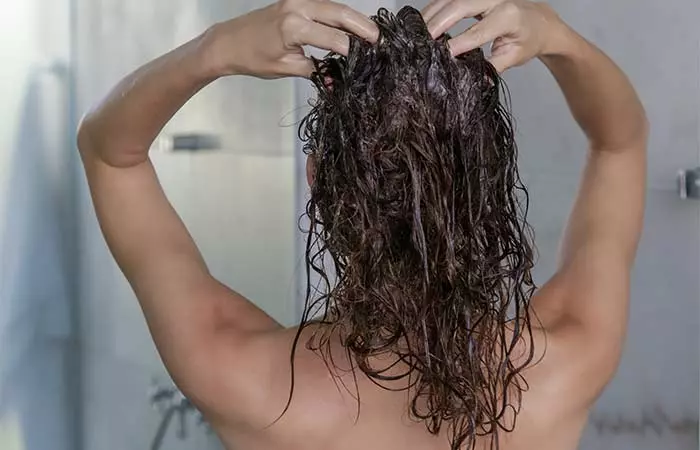
iStock
Maintaining a proper scalp cleansing routine is crucial. This is because excessive cleaning can dry out the scalp and strip the natural oils. Similarly, cleaning it infrequently can cause dead skin and sebum buildup, affecting optimal scalp health.
Wash your scalp not more than two to three times a week if you are not exposed to dirt, dust, and sweat. Also, choose your shampoo carefully. Use a mild and nourishing shampoo for everyday use, and once in two weeks, use a clarifying shampoo to cleanse the scalp.
2. Get Rid Of Dandruff
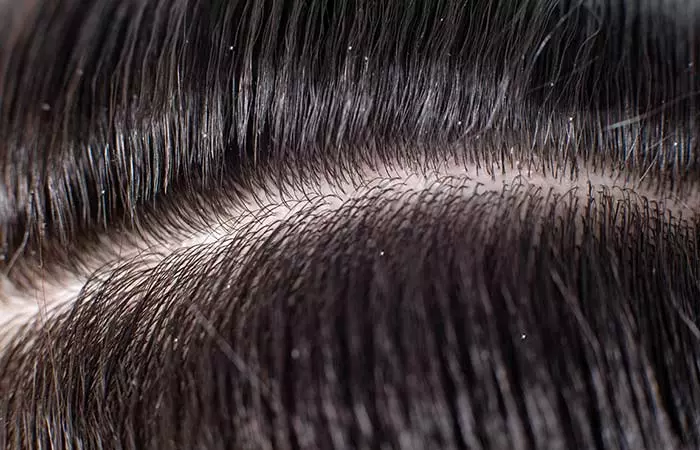
iStock
Dandruff is caused by an overgrowth of Malassezia, the yeast-like fungus. This fungus naturally occurs in our scalp and feeds on dead cells and lipids.
However, certain factors can cause an overgrowth of the fungus, affecting your scalp health. This can cause flakiness, discomfort, and itching. Constant itching may damage the hair follicles and injure the scalp tissue. Consult a dermatologist and use a medicated shampoo to get rid of dandruff.
3. Condition Your Scalp
Just like you condition your skin to maintain its moisture, condition the scalp to keep it nourished and moisturized. If you have a dry scalp, you can go for a weekly hot oil massage to nourish and condition it. Massaging the scalp also improves blood circulation, keeps your scalp healthy, and promotes healthy hair growth.
4. Protect It From The Sun

iStock
While a little bit of sun exposure is good for your health, prolonged exposure can damage the scalp’s skin. The UV rays can also damage the hair follicles. Hence, you must protect your scalp from prolonged exposure to the sun rays. When you are out, use an umbrella, a cap, hat, or headgear to cover the scalp.
5. Follow A Healthy Diet

iStock
Consuming a healthy diet is especially important for healthy scalp tissue. Green vegetables, fruits, dairy, poultry, and whole grains contain nutrients that keep your scalp and body healthy from within. Apart from these, exercising and massaging can also help improve blood flow to your scalp and make it less prone to dryness.
Subscribe
If you feel that the steps you are taking are not enough to maintain your scalp’s health, consult a dermatologist.
The five layers of the scalp perform important functions, and it is essential to keep all the layers clean and nourished to avoid infections. When it comes to scalp cleaning, you need to strike a balance, as excessive washing can strip the scalp of natural oils and dry it out. Similarly, make sure your scalp is free from dandruff to avoid itching and irritation. In case of a dry scalp, go for a hot oil massage to nourish it and improve blood circulation. Finally, any infection on the scalp should not be taken lightly as it can easily spread to other parts of the head. So, act immediately and consult a dermatologist if the infection persists.
Frequently Asked Questions
What ingredients should I avoid in my shampoo?
Avoid ingredients like sulfates, parabens, synthetic fragrances, and color.
Key Takeaways
- The scalp is a complex structure with five layers, namely, skin, superficial fascia, epicranial aponeurosis, loose areolar connective tissue, and pericranium.
- To maintain a healthy scalp and hair growth, keep it clean, get rid of dandruff buildup, condition it with moisturizing and nourishing oils, protect it from excessive sun exposure and follow a healthy diet.
- Avoid washing your scalp more than two to three times a week to prevent it from becoming dry and stripped of its natural oils.
References:
Articles on StyleCraze are backed by verified information from peer-reviewed and academic research papers, reputed organizations, research institutions, and medical associations to ensure accuracy and relevance. Check out our editorial policy for further details.
- Anatomy Head and Neck Scalp
https://www.ncbi.nlm.nih.gov/books/NBK551565
Related
The following two tabs change content below.
- Author
- Reviewer

Arshiya Syeda
Arshiya Syeda is an editor at StyleCraze. Prior to that, she was a content writer and combined her writing and… more
Dr. CP Thajudheen
(MD)Dr. CP Thajudheen has over 20 years of experience in various lasers, light-based devices, and other advanced equipment. He was… more



 15 Best Foods For Hair Growth You Should Be Eating Daily
15 Best Foods For Hair Growth You Should Be Eating Daily How To Use Jamaican Black Castor Oil For Hair Growth
How To Use Jamaican Black Castor Oil For Hair Growth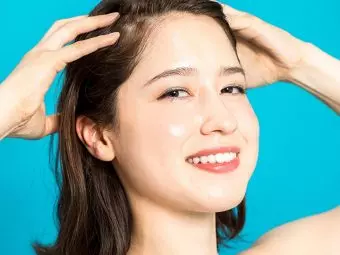 How To Exfoliate Your Scalp At Home To Clear Excess Oil
How To Exfoliate Your Scalp At Home To Clear Excess Oil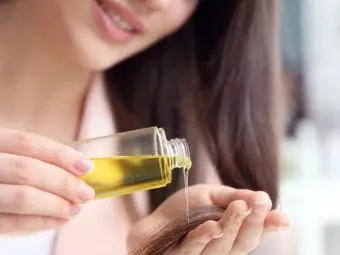 How To Apply Oil On Hair: A Step-By-Step Guide
How To Apply Oil On Hair: A Step-By-Step Guide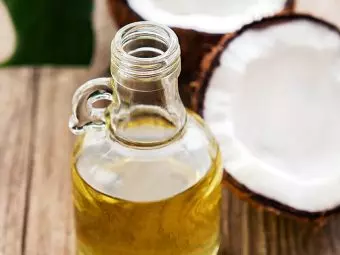 How To Use Coconut Oil For Dry Scalp And Dandruff
How To Use Coconut Oil For Dry Scalp And Dandruff Easy Way To Get The Perfect Twist Out On 4C Natural Hair
Easy Way To Get The Perfect Twist Out On 4C Natural Hair Eyebrow Hair Loss: Causes, Prevention Tips, & DIY Methods
Eyebrow Hair Loss: Causes, Prevention Tips, & DIY Methods Types Of Hair Loss, Causes, Treatments, & Prevention Options
Types Of Hair Loss, Causes, Treatments, & Prevention Options Itchy Scalp And Hair Loss: How To Treat And How To Prevent It
Itchy Scalp And Hair Loss: How To Treat And How To Prevent It